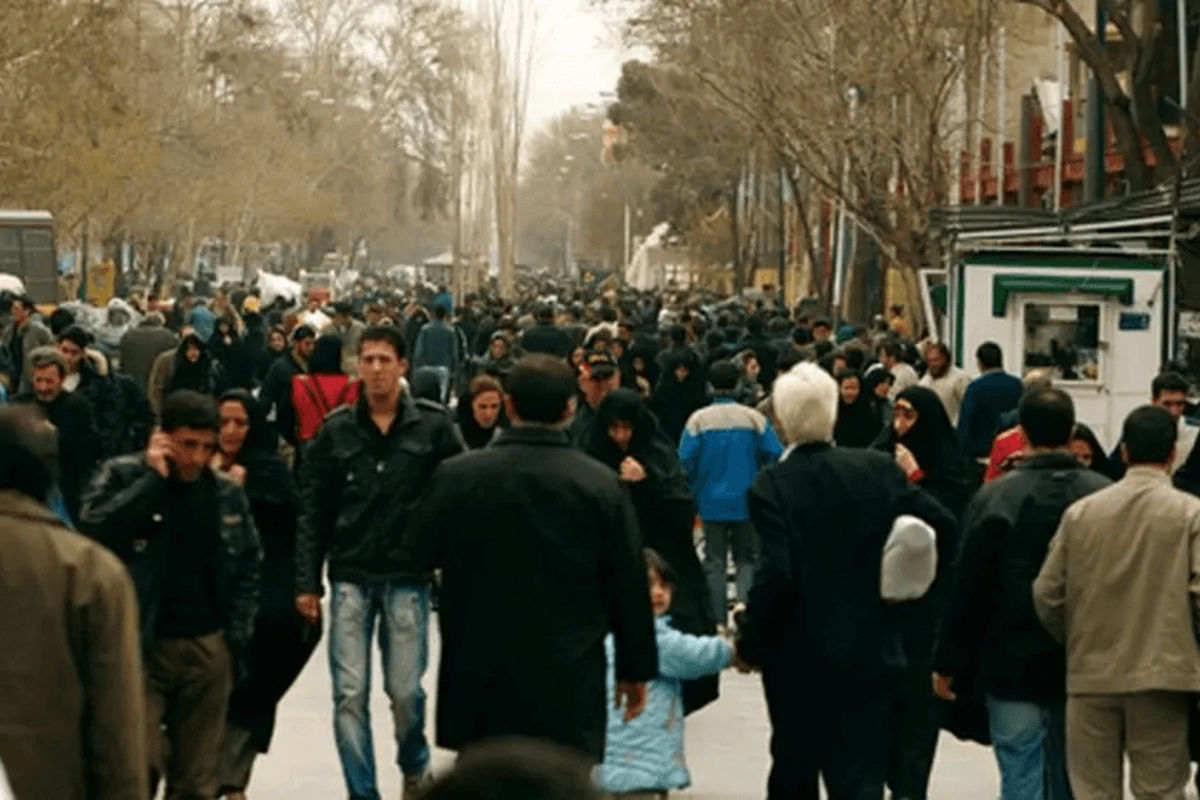
Iran's population is projected to shrink by up to 50% by the end of the century due to a sharp decline in birth rates, despite government efforts to encourage larger families.
Iran's population is on track to decrease by up to 50% by the end of the century, as the country faces a sharp decline in birth rates, despite government efforts to encourage larger families.
Addressing rapid demographic shifts, Deputy Health Minister Alireza Raisi warned on Sunday that declining birth rates could lead to a significantly smaller, aging population, with projections indicating a sharp decline. By 2101, the population could shrink by as much as 50%, with nearly half of the country potentially classified as elderly, The Caspian Post reports, citing Iranian media.
Raisi said that Iran has experienced one of the world’s fastest fertility declines, dropping from an average of six children per family to fewer than three within just a decade. If the trend continues, he explained, the country’s total population could decrease to around 42 million by the end of the century—a drastic change from the current level, which is over 87 million.
“This means half of Iran’s population will be elderly,” Raisi added, urging awareness of the potential social and economic consequences that such a shift may entail.
The issue of Iran’s aging population has drawn concern among officials and demographic experts alike. Hesameddin Allameh, former head of Iran's National Elderly Council, recently described a looming demographic pitfall, as nearly 10 million Iranians are now classified as elderly.
He said that today, the provinces of Gilan and Mazandaran have the oldest populations in Iran, while Sistan-Baluchestan and Hormozgan remaining the youngest, highlighting disparities across the country.
Despite calls from senior leaders, including Supreme Leader Ali Khamenei, for families to increase the national birth rate, these efforts have shown limited success. In spite of banning legal abortion, and offering benefits such as free land and insurance coverage, the government has failed to stem the tide.
Currently, the country's elderly population stands at around seven million, approximately 8% of Iran’s total population, according to Ahmad Moazen Zadeh, head of the Iranian Physiotherapy Association. With the projected growth of this demographic, health and social services are preparing for increased demand, which will require extensive planning and resources to manage.
Share on social media